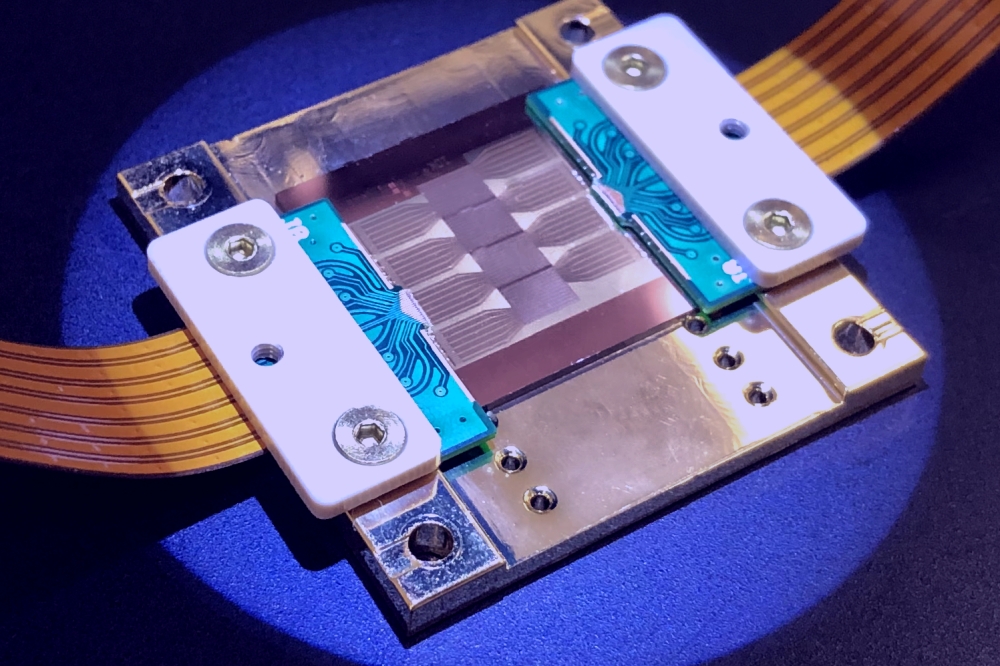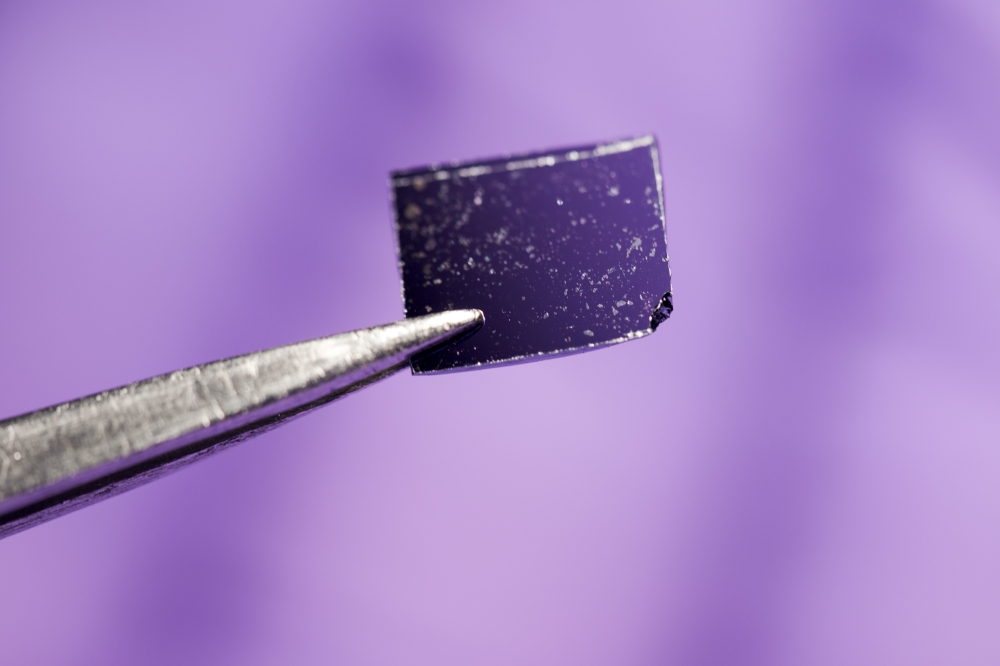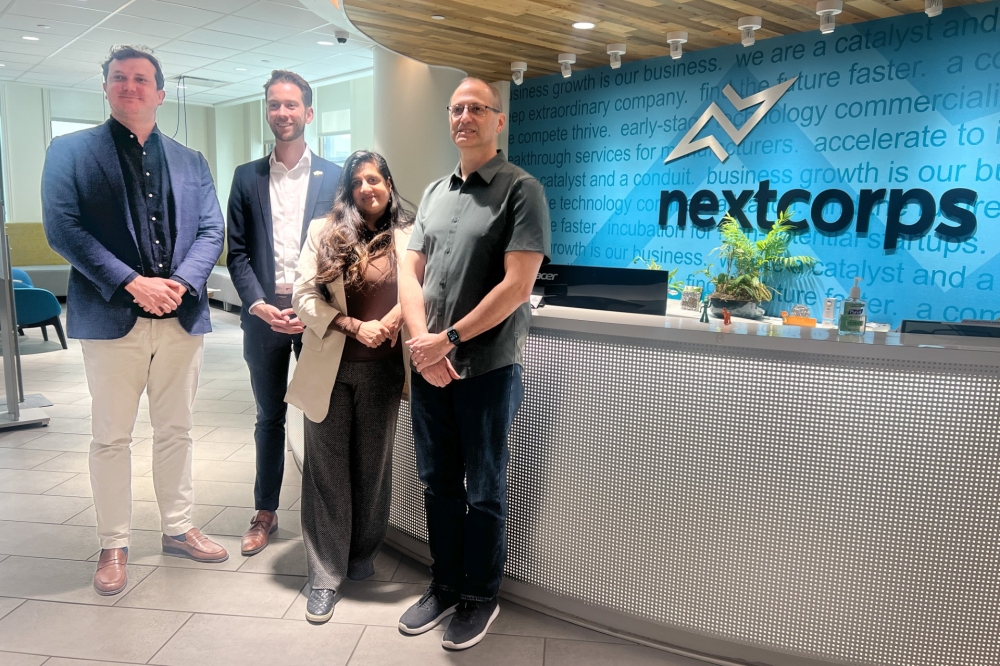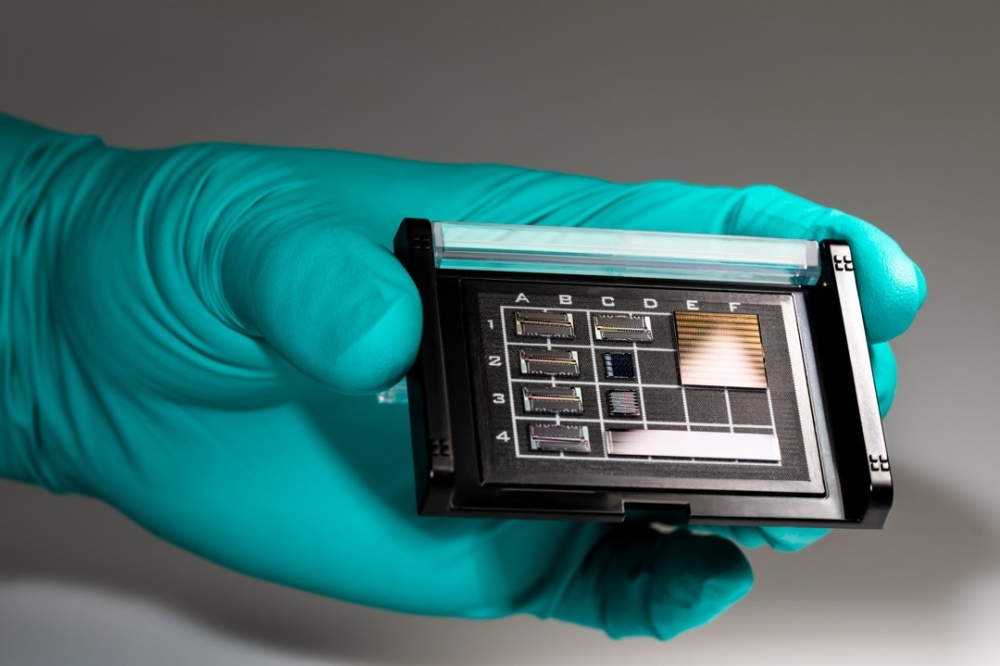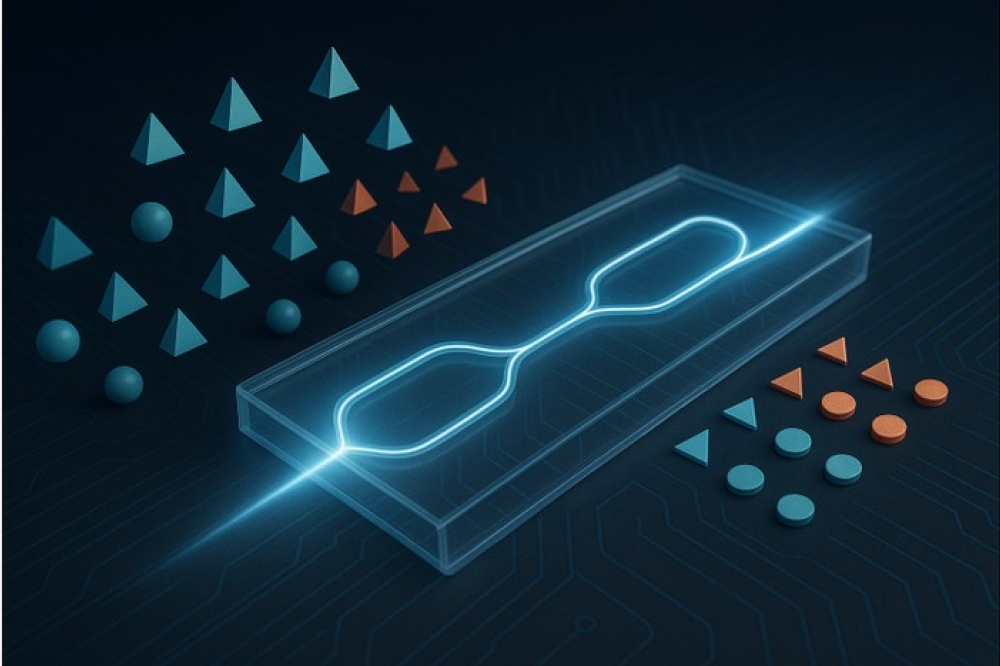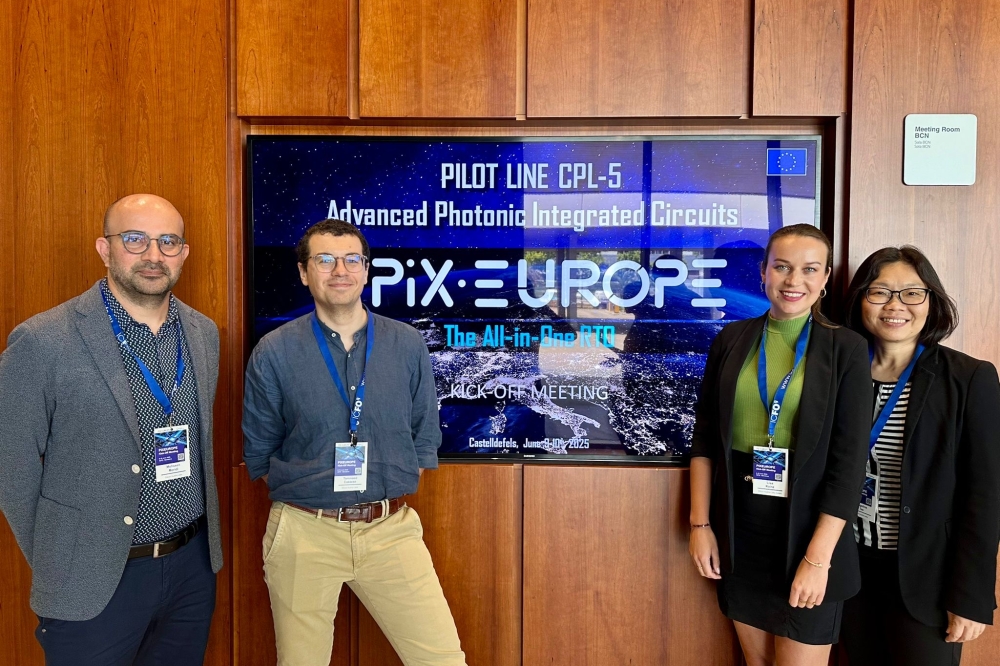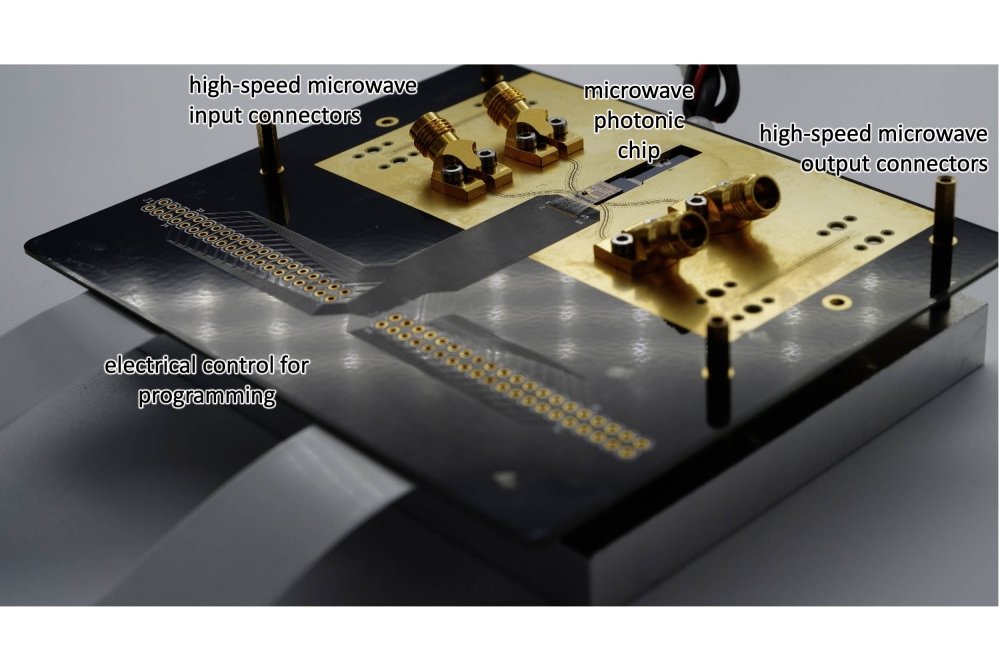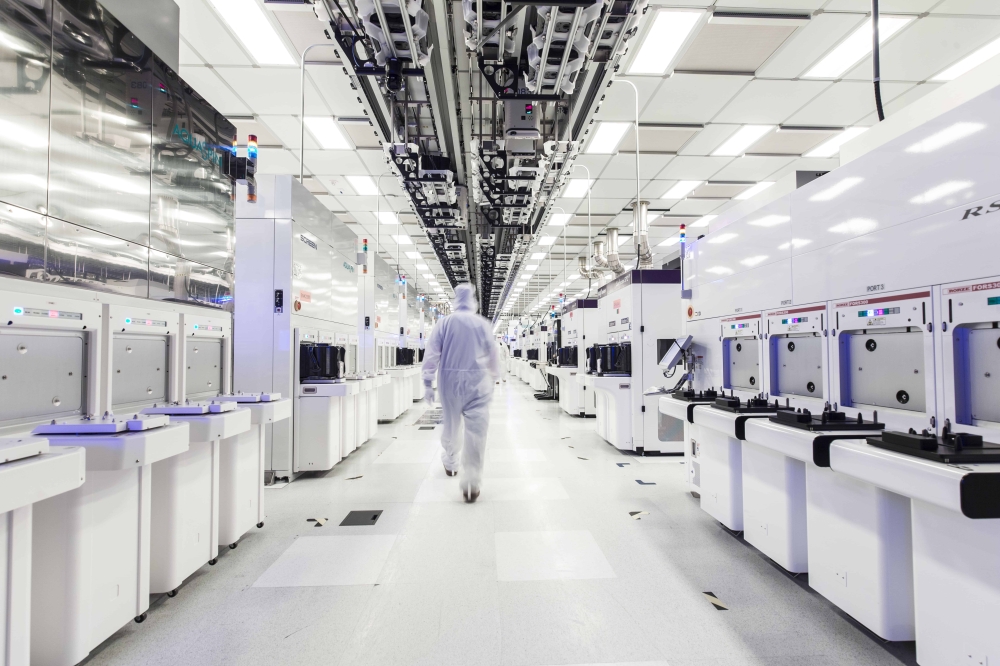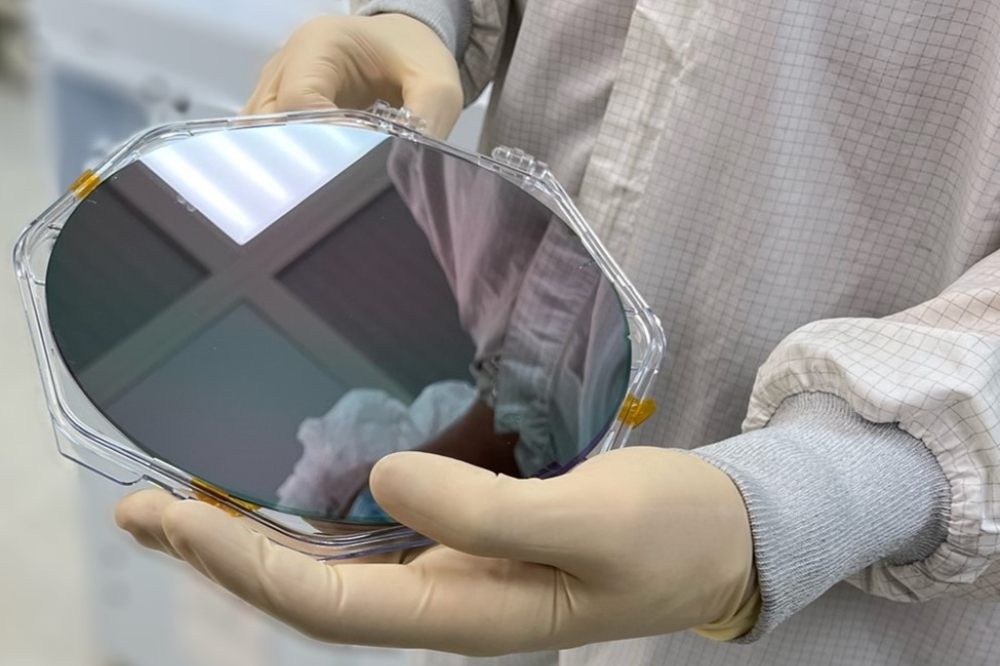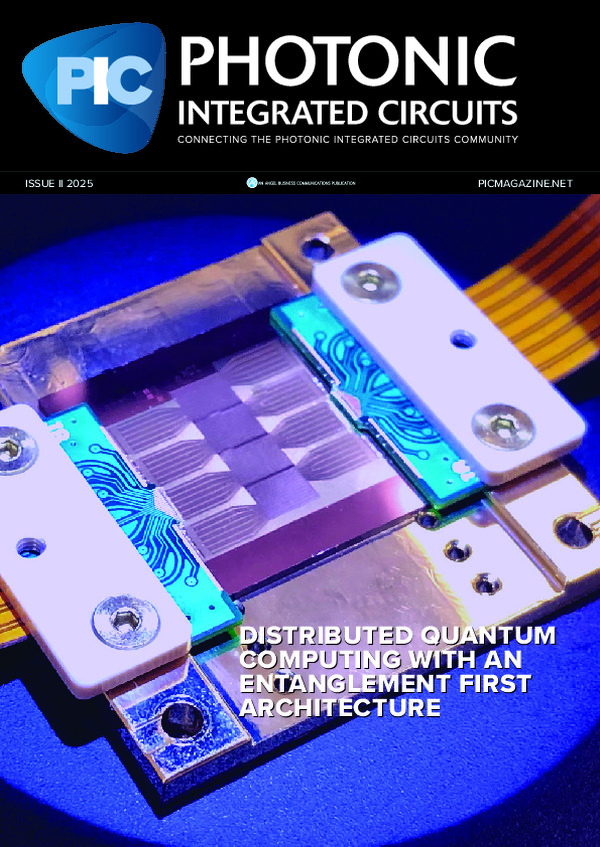
10th PIC International explores the future of quantum photonics
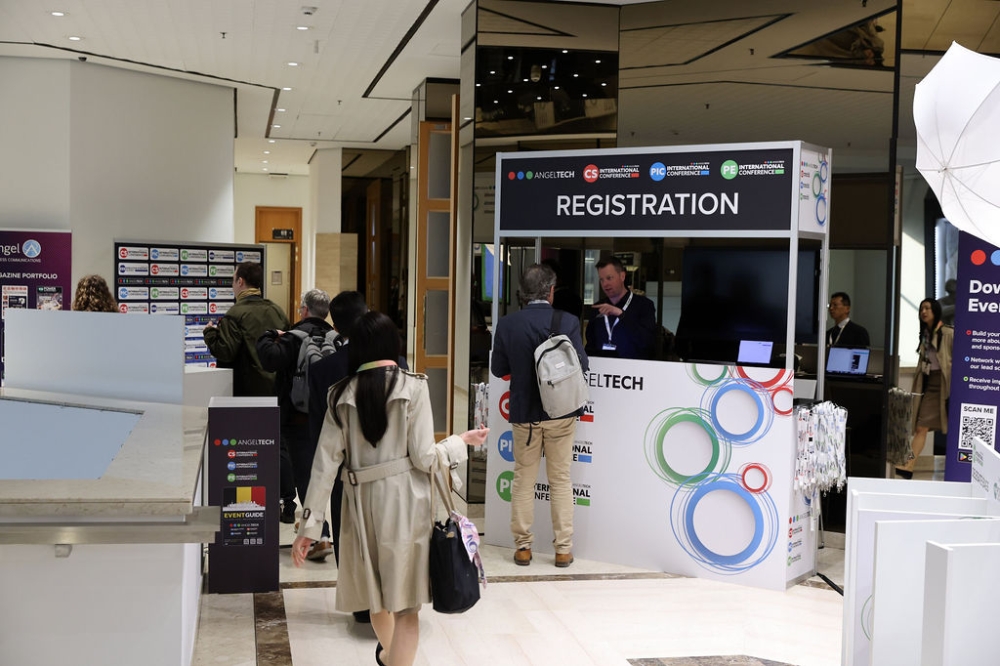
The conference held a session dedicated to quantum applications, with discussions of how PICs can underpin secure communications and enable the scaling of quantum computing, as well as a broad overview of the quantum industry’s trajectory for the coming years.
By Laura Hiscott, Editor, PIC Magazine
In April this year, the 10th PIC International conference took place in Brussels, marking a decade full of innovation and industry growth since the event began. But this year is not only a major milestone for the conference; it’s also a special year for quantum, with the UN having designated 2025 the International Year of Quantum Science and Technology.
In recognition of this global spotlight on the growing significance of quantum technologies, PIC International hosted a dedicated session covering multiple aspects of the sector and the role that integrated photonics plays in its development. From secure communications networks to new computing architectures, PIC technologies are poised to help realise many of the promises of the quantum revolution.
Opening the session was Taofiq Paraïso from Toshiba’s quantum information group, which is developing new cryptography systems. Describing the motivation for this research, Paraïso explained the vulnerabilities of current methods for securing data; signals can be relatively easily intercepted in public channels without the sender or receiver noticing, and the cryptographic keys rely on solutions to very difficult mathematical problems that could be broken by more powerful computing systems. This has given rise to “harvest now, decrypt later” attacks, in which people steal and store encrypted information, waiting for future computers – including quantum computers – that could decode it.
One solution to this is quantum key distribution (QKD), which involves encoding each bit of data into a single photon. Thanks to quantum effects, the photons cannot be intercepted without introducing detectable noise, guaranteeing that any eavesdropping would be discovered. Additionally, since the keys generated are based on truly random quantum effects, they cannot be deduced even by very powerful computers.
While quantum applications are often thought of as futuristic technologies, QKD systems already exist today. Paraïso highlighted that Toshiba started the first commercial QKD trial network in London in 2022, with partners including BT, HSBC, and AWS. The system achieves ranges of over 100 km with key generation rates of hundreds of kilobits per second.
Taofiq Paraïso from Toshiba’s quantum information group discussed how
his team is investigating the use of PICs to develop global quantum safe
networks.
“What we endeavour to do is to realise a global quantum safe network (QSN),” Paraïso explained, “because one of the main threats to cryptography as we know it is the onset of quantum computers. We don’t know when this would happen, but we want to prepare for this, which means addressing the deployment of QKD in all segments of our conventional communication networks.”
But Toshiba’s demonstrations so far are based on discrete optical components, meaning that efforts to scale them up will face challenges in terms of cost, power consumption, and reliability. This is why Paraïso’s photonic integration team is investigating how PICs could support the deployment of QKD systems. They have already developed quantum random number generators (QRNGs) and transmitter chips based on indium phosphide, as well as receiver chips based on silicon nitride to minimise loss at the point of detection. This is of particular importance, Paraïso noted, for picking up extremely faint signals at the single-photon level, as required by QKD.
Back in 2021, Toshiba demonstrated full real-time operation of QKD using these PICs, implementing key exchange and post processing, and interfaced with commercial-grade 100G data encryptors. And the team has continued to improve the system since then, for instance by bringing light detection onto the QRNG chip and halving its footprint. The researchers have also changed the QRNG chip’s packaging to standard QFN, enabling them to treat it as a standard EIC and to fabricate highly stable multiple-QRNG boards which could be deployed in a commercial system.
Going beyond a binary sender-receiver system, another target for Toshiba is to create multi-node QSNs connecting large numbers of devices, but this requires multiple functions to be combined on a chip. To this end, Toshiba has developed a transceiver that leverages hybrid integration of InP modulators with ultra-low-loss silicon nitride interferometers, showing that a node could talk to both a transmitter and a receiver side at the same time.
Looking further towards the future, Paraïso also noted that, Toshiba has shown a path towards addressing long-range QKD with PICs, and is even exploring their use in satellite communications, where their compact size, low weight, and low power requirements would be invaluable.
“We hope that with this set of technologies, we will be able to support deployment in all the different segments of our communication networks, each having different requirements that we can meet with PICs,” Paraïso concluded.
Thien-An Nguyen from ORCA Computing spoke about how the company is
already delivering value with photonic quantum computing systems today,
while also working to scale the technology to a full fault-tolerant
quantum computer in future.
PICs for qubit platforms
While QKD systems are already here, the wider quantum industry is pursuing many different technological goals, some with longer timelines than others. This came through in a talk by Eric Mounier from YOLE, who provided a broad overview of the quantum landscape, as well as the importance of integrated photonics in bringing many of the envisioned applications to fruition.
Quantum 2.0 technologies fall roughly into three categories: cryptography, sensing, and computing. The first two are nearer-term applications, but what gets the most attention – and draws the most funding – is a longer-term endeavour: large-scale, universal, fault-tolerant quantum computing. In fact, according to Mounier, between 2020-2025, quantum computing attracted almost $8 billion in private funding, representing around 65 percent of private investments in quantum technology during that time.
Yet within the category of quantum computing alone, Mounier pointed out that there are also different types of quantum computers, again with different timelines. For instance, quantum annealers, which can solve complex optimisation problems, already exist and are used commercially for niche problems. So too do quantum simulators – systems of qubits that are arranged and controlled to mimic materials and chemical reactions in which quantum properties are important, and which are too complex to be simulated by classical computers.
But the holy grail, of course, is a universal, fault-tolerant quantum computer, which Mounier estimated could be 20-30 years away. Although, he caveated, so-called noisy intermediate-scale quantum systems (NISQs), of between 10-100 qubits, could appear in the next 5-10 years.
“It’s interesting to see that the roadmap is really accelerating,” said Mounier. “At the moment, some companies achieve a few tens of logical qubits. And the roadmap is to have by 2030 at least a few hundred logical qubits to achieve some real use case for a quantum computer.”
Among the companies in Mounier’s presentation were players developing several different qubit platforms, but Mounier said there were plenty of reasons to be optimistic about those that use photons as qubits. “Compared to other qubit approaches like trapped ions or cold atoms,” he explained, “they are less sensitive to decoherence, less sensitive to temperature, and of course they can benefit from all the developments that have been made in PICs, so it can be a scalable technology which is a huge challenge for developing quantum computers.”
Indeed, several of the biggest names in the sector use photons either as qubits or as an otherwise central component in their designs. Perhaps one of the most positive signs is that, according to Mounier’s analysis, photonic approaches garnered more private funding – over $1.35 billion – over the past five years than any of the other qubit technologies. It is nonetheless still a tight race, with superconducting qubits and trapped ions not far behind, earning more than $1.34 billion and $1.15 billion respectively in the same period. Other contenders are also emerging in the form of silicon spin qubits and quantum dots, for example.
But a further cause for optimism is that other approaches besides photonic-centred ones are also likely to need integrated photonics. Describing the photonic components that different platforms need, Mounier pointed out that both trapped ions and neutral atoms will need components including lasers, photodetectors, and modulators to work.
While current trapped-ion and neutral-atom approaches use discrete optical components, they are likely to start incorporating PICs instead, in order to advance and scale the systems. Indeed, in the weeks following the conference, both IonQ – a trapped-ion quantum computing company – and Pasqal – a neutral-atom quantum computing company – both announced they were acquiring integrated photonics companies (Lightsynq and AEPONYX, respectively).
Furthermore, Mounier noted, any quantum computing system will be limited in the number of qubits, so systems will need to be interconnected to expand to a large-scale network. This will mean integration with existing optical infrastructure, representing another opportunity for PICs to support this scaling.
But, while we focus on the future, it’s also useful to see how much progress has already been made. “It’s interesting to see actually that these markets are real,” said Mounier. “By 2024 I estimate that the total market revenue from quantum technology including all types of quantum approaches, computer hardware, services, sensors, communications QKD, is close to $1 billion. Going forward, in 2035 my estimation is that quantum technology hardware and services will reach more than $17 billion.”
Quantum value today
After Mounier’s talk, we heard from Thien-An Nguyen, chief technical officer at ORCA Computing, a quantum computing spin-out from Oxford that was established in 2019. Nguyen joined ORCA when it acquired the integrated photonics division of the Texas-based company GXC in January 2024, speaking to the importance of PIC technology in the company’s roadmap.
Reiterating the benefits of photonic qubits, which underpin ORCA’s systems, Nguyen emphasised that the company aims to stand out by delivering value today, while continuing to scale and improve its technology for the future. Referencing the company’s “core philosophy of delivering quantum computing solutions to customers early and often,” he noted that it has so far delivered more than 10 of its PT series quantum photonics systems to customers worldwide. This includes a system delivered to the UK’s National Quantum Computing Centre (NQCC) in March this year.
The way that ORCA is achieving this current market traction, Nguyen explained, is by creating hybrid quantum-classical systems specifically tailored for a type of machine learning framework called generative adversarial networks. But with another eye on the future, he also outlined how the company plans to scale from the PT series to a universal fault-tolerant computer, both by increasing the number of photonic qubits in the system and expanding the number of different ways they can be manipulated.
On the first point, Nguyen pointed out that a full fault-tolerant quantum computer will need millions of different components integrated and working cohesively together, driving the need for an integrated photonics platform.
This is why ORCA acquired the integrated photonics division of GXC.
“Everything that we do is based off the ultra-low-loss silicon nitride platform that is part of the ORCA infrastructure today,” said Nguyen. “That allows us to receive light from an optical fibre onto the chip with very low losses, route the photons around to interact with the various materials with very low losses and then couple again to the output fibre once again with very low losses. The key thing is that we need to keep a very tight hold of every single photon that we generate, from the beginning all the way to the end.”
When it comes to the second goal – increasing the range of operations that the system can perform on the photons – Nguyen explained that no single material can offer all the functionalities required for a universal fault-tolerant computer. Using multiple different materials is therefore necessary, but each material also has its own specific integration challenges.
For this reason, Nguyen said, “ORCA’s approach is not to create a single PIC to rule them all, but rather to have a distributed network of PICs that are specifically designed for different functionalities that then couple to optical fibre for networking.” To support this networking and thus enable a large-scale photonic quantum computing system – which may require millions of fibre-chip connections – Nguyen added that ORCA is on track to develop a fibre-chip coupler with a record low loss of 0.05 dB per facet later this year. Going forward, he highlighted three key priorities for progress in photonic quantum computing: lower-loss components, heterogeneous integration, and networking between modules.
Nguyen’s references to novel materials, such as thin-film lithium niobate (TFLN) and barium titanate, echoed a recurring theme of the conference as a whole. TFLN, for instance, had a stronger presence at this year’s event than at any PIC International before, showing just how swiftly it has made technological strides and gained traction as a promising material in the industry. And who knows which other new materials that we may not yet have heard of will emerge as potential game-changers in the years ahead? There may be plenty more surprises in store on the path towards universal quantum computing. But one thing is for sure: when it comes to quantum, the PIC industry has a lot to be excited about.



